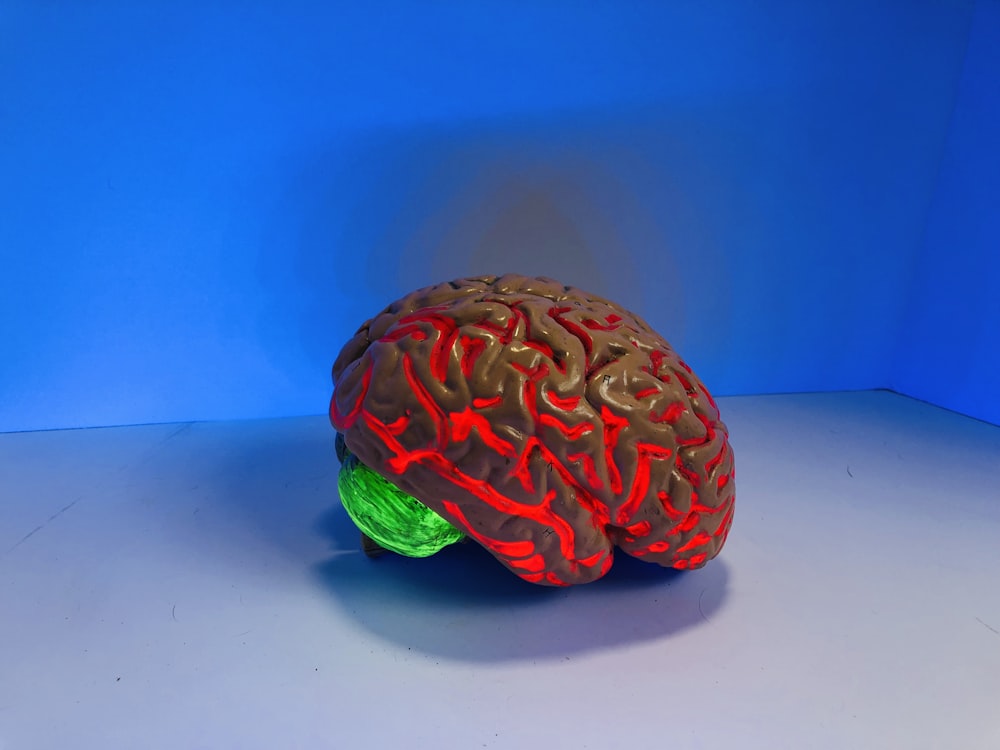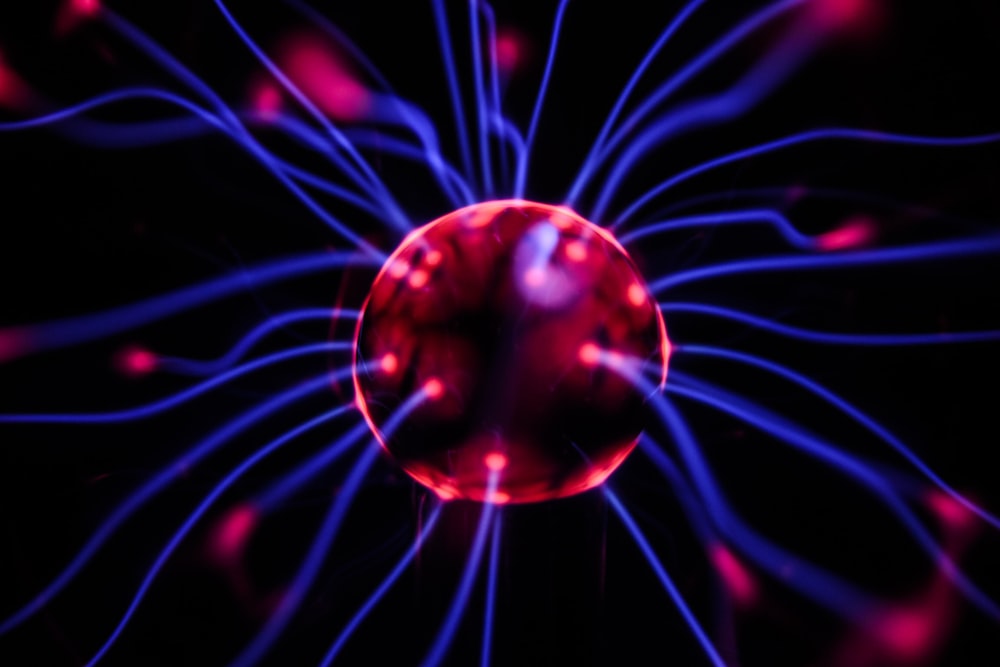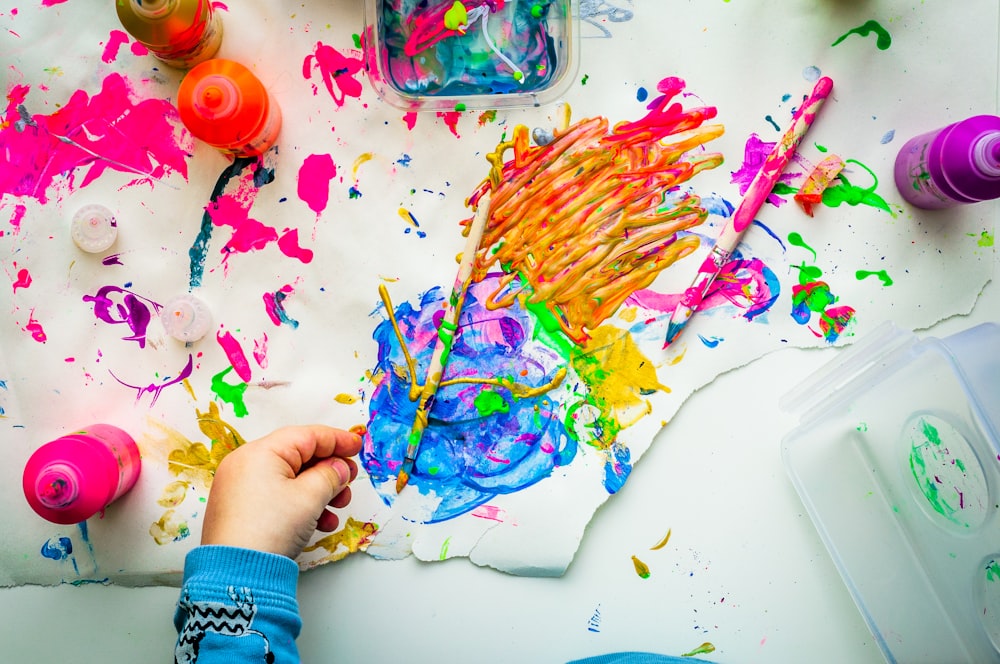
June 25, 2025
Home Sweet Home


Change is happening everywhere around us. In fact, the change is taking place so much faster than the human mind could grasp. Cosmically, as new stars and heavenly bodies are born, other elements in space die simultaneously from extinction. In our planet Earth alone, we have seen how even the tiniest living organism can undergo mutation in exchange for its survival.

Human beings comprise the most complex of God’s creation in the game of life. One of the things that differentiates us from all other living things is that we are gifted with a brain. It acts as the control center, much like the motherboard of a computer that defines our personalities, our moods, and emotions. It also controls our bodily functions like breathing and temperature regulation and affects our own unique perception of the world around us.

Weighing about 3.3 pounds, sixty percent of the human brain is also made up of fat making it the fattiest organ in the body. It is made up of about 86B neurons that form connections with other neurons, adding up to a total of approximately 1 quadrillion connections. Imagine holding a piece of brain tissue the size of a grain of sand. That piece of sand contains about 1,000 neurons and a billion synapses. This is what makes our brain storage capacity virtually unlimited. In Alzheimer’s disease, these neurons can get damaged losing its storage capacity in effect leading to memory loss.
Our brain, which is active all the time (even when we are sleeping) is also a power source. When a neuron is stimulated, it generates an electrical impulse that travel from cell to cell. It is capable of generating 23 watts of power, which is enough to power a light bulb, and brain information can travel up to 268 miles per hour from one neuron and synapse to the next.

These neurons and synapses are capable of making new connections and can change how the circuits are wired. This is what neuroscientists call neuroplasticity. In this age of technology, what is the significance of knowing that a body’s control center is malleable in such a way that you can mold and shape it to your advantage?
The idea that the brain is not hardwired is very promising. That means, we all have the ability to slow down, arrest, or even reverse age-related cognitive decline. Studies over the last decade identified several factors that can help drive neuroplasticity in a positive direction. These are several ways how you can rewire your brain:
Traveling provides us with the opportunity to connect with the world around us. Exploring different places, meeting new people, learning about other cultures, trying out exotic foods, engaging in challenging activities, getting lost and finding your way around in a different country, conversing with people who speak a different language, and just being submerged in a new environment is like serving a variety of food for our brain to process. All the new experiences we get out of traveling allows the brain to “think outside the box” and helps it to become more creative.

Reading and expanding your vocabulary also enhances connectivity in the brain. Fictional books, in particular help increase neuroplasticity because it triggers the brain to internalize a story we are reading through imagination and visualization.
Using mnemonic devices helps the prefrontal parietal network and prevent some age-related memory loss through memory training.
Learning a musical instrument or a new language allows rewiring of our brain as we take on and learn a new skillset. Studies have shown that between white noise and classical music like Mozart, the latter proves to be more effective in changing neural connections.

Non-dominant hand exercises can also help form new neural pathways.
Physical exercise such as dancing requires coordination of movement and rhythm. As we perform this activity, the brain is continuously processing information about the body’s orientation in relation to its environment, coordinating body movements to sync with the rhythm of the music we are dancing to. This particular brain exercise helps decrease the risk of Alzheimer’s.

Creating art allows new connections to form as we use a different medium to express ourselves and our perceptions about life. It feels so rewarding to admire a work of art born out of a white empty canvas but is now alive in a mixture of rich colors that holds an artist’s emotions, dreams, and disheartenment.

Everyone needs a downtime. This is what sleeping provides us. It gives the brain time to rest and recover. It not only helps transfer information between cells but it also encourages learning retention through the growth of dendrites that act as connections between neurons.
These are simple things and activities that we can do everyday to help protect, promote, and preserve our “motherboards”. Taking care of our mental health is a big part of our well-being and is vital at every stage of life.

Sources:
https://positivepsychology.com/neuroplasticity/
https://www.nm.org/healthbeat/healthy-tips/11-fun-facts-about-your-brain
https://www.sciencedaily.com/releases/2013/05/130522095335.htmhttps://w
ww.ncbi.nlm.nih.gov/pmc/articles/PMC4960264/